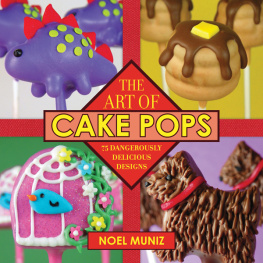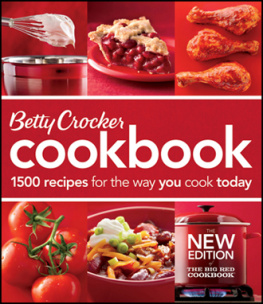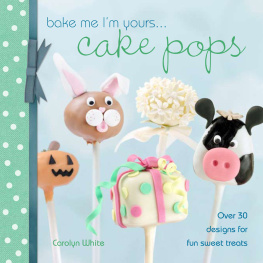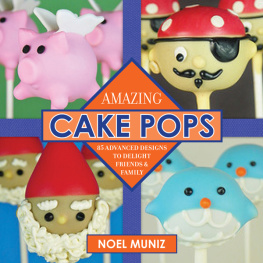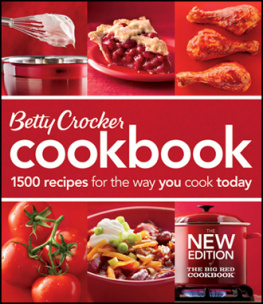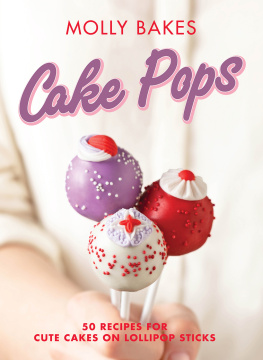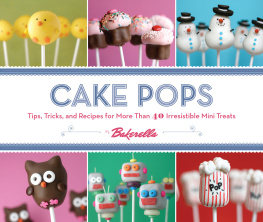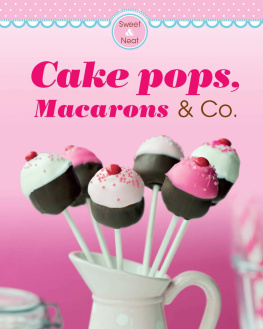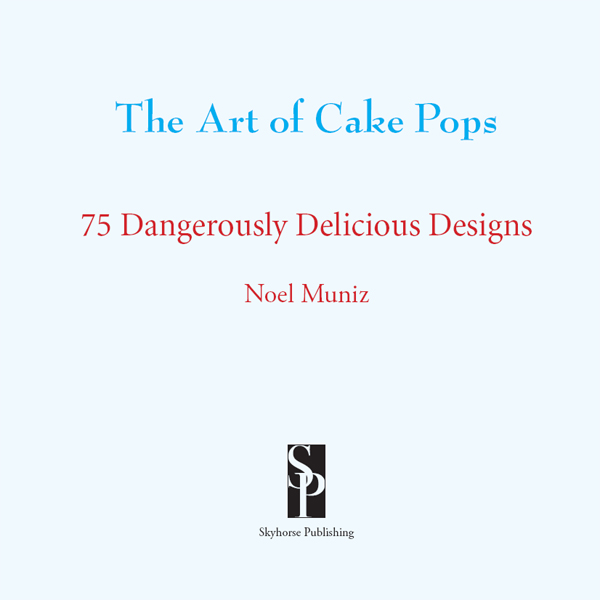Copyright 2013 by Noel Muniz
All Rights Reserved. No part of this book may be reproduced in any manner without the express written consent of the publisher, except in the case of brief excerpts in critical reviews or articles. All inquiries should be addressed to Skyhorse Publishing, 307 West 36th Street, 11th Floor, New York, NY 10018.
Skyhorse Publishing books may be purchased in bulk at special discounts for sales promotion, corporate gifts, fund-raising, or educational purposes. Special editions can also be created to specifications. For details, contact the Special Sales Department, Skyhorse Publishing, 307 West 36th Street, 11th Floor, New York, NY 10018 or .
Skyhorse and Skyhorse Publishing are registered trademarks of Skyhorse Publishing, Inc., a Delaware corporation.
www.skyhorsepublishing.com
10 9 8 7 6 5 4 3 2 1
Library of Congress Cataloging-in-Publication Data is available on file.
ISBN: 978-1-62087-578-0
Ebook ISBN: 978-1-5107-0658-3
For my grandmother, Luz Pantoja.
Further dedicated to all the wonderful people who have supported
The Cake Poppery over the years. This book is especially for you.
Contents
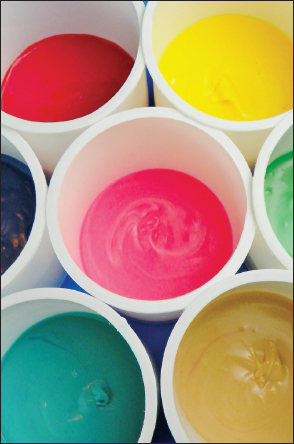
Getting Started
Cake Pop Basics ....
Cake pops are as much a science as they are an art form. Understanding the basic techniques will help you better understand the art of cake pops. It takes time and practice to master the craft of cake popping, but with a little patience and planning, you too can be making them like a professional. Every single step in the process of making cake pops will affect the overall outcome. Skipping a step or not properly planning ahead can cause a domino effect that will lead to less than desirable results.

The first and most important step in making cake pops is baking the cake. The cake is the foundation of a successful cake popmaking experience. The ideal cake for cake pops should be somewhat dense with some body to it and should be on the drier side. The cake should be slightly moist but not as moist as a traditional box cake, as you still want it to crumble. If you are making a cake from scratch, avoid any light and airy cakes, like angel food or sponge cake.
Ideally you want to bake the cake the night before and let it fully cool overnight. Not only does that ensure you have a fully cooled cake, it allows the cake to dry up slightly, which is beneficial if you created a light and moist cake. The lower the moisture content the better, as it allows you more control with the texture when the binder is added. By not allowing the cake to fully cool and dry slightly when mixed with a binder, the cake will have a spongy texture and will not have as big of a pronounced flavor profile, as the binder gives the cake most of its flavor.
Although you might be under the impression you need to use frosting, it is not a necessary ingredient. Most boxed cakes will bind together without the use of frosting. If your cake is high in moisture it is best to opt out of adding it, but the flavor will be lacking. The use of frosting with a highly moist cake creates a variety of issues. When combined, the cake will be too soft and moist to roll into a perfect ball. The cake wont maintain its shape when rolled and will have the tendency to fall off the sticks when being dipped. It will also have a gummy texture.
If you opt out of using frosting or any binder, the best way to bind the cake is with a food processor. The food processor will blend it together until it is smooth; however, it will not create crumbs and will be creamier in texture than what you would normally get when mixing with a stand mixer or with your hands. When opting out of a binder, it is easier to bind your cakes while still warm. The heat from a warm cake will supply moisture for the cake without the use of an additional binder.
Now, if you plan on using homemade cake or cakes with a much lower moisture content, you will need a binder. Any liquid, frosting, or edible paste will do. You can use frosting, peanut butter, marshmallow fluff, fruit pure, any jam of your liking, and even water or juice if needed.
To crumble the cake, start off mixing it with the paddle attachment on a stand mixer without any frosting. Keep the mixer on low speed and allow the cake to fully crumble. When the crumbs look like sand, slowly add spoonfuls of the frosting or binder one at a time. As the cake is mixed with the binder, it will start to form tighter crumbs and will eventually come together into a tight dough-like mixture. Once it starts to pull away from the sides of the mixer, it is ready. Depending on the cake, sometimes you will have to stop the mixer and test it for consistency after each addition of the binder. Some cakes will never form a tight crumb and will still look dry even if a binder is added, so you will have to test it.
To test if the cake is ready, knead it a few times on a countertop and roll some of the cake mixture in your hands. If it falls apart, you need to add more of the binder. The cake is ready once it holds its shape when rolled, and should be firm in texture. A three-to-one ratio is a good guide to go by when using a homemade cake. If you are using nine ounces of cake, you can expect to use at least three ounces of frosting. Always start off with less frosting than expected. You can always add more if needed.

Once you are ready to roll the balls, hand weigh each one to a one-ounce portion. A one-ounce cake ball will yield a pop that can be consumed in about two bites and is about one-and-a-half inches in diameter, the perfect size for a single person to enjoy. Place the dough in the palm of your hands while applying pressure and rotate your hands in a circular motion. As it starts to form a ball, gently relieve the pressure while maintaining the circular motion until your palms are barely touching it. If you end up with a rounded diamond shape, your cake is too moist. If you are working with a very firm, dense cake, moisten your hands to help with the rolling process. During this process you will need to clean your hands, as the cake residue will build up.
Once you have completed rolling all the balls, chill them slightly in the fridge if needed. While the cake balls are chilling, prepare the chocolate for dipping. A pound of chocolate will cover around two dozen cake pops. When melting chocolate, start off with melting only 75 percent of the chocolate you plan on using. Melt the chocolate in the microwave for thirty seconds and stir when finished. After the first thirty seconds, continue to melt in fifteen-second intervals, stirring after every trip to prevent overcooking. Once the majority of the chocolate has melted, add the remaining chocolate and mix it together. Let it sit for a bit, as the residual heat will soften the chocolate and allow it to cool slightly so that it doesnt overheat. Melt for an additional fifteen seconds to remove any final lumps.
When the chocolate is ready and fully melted, dip the tips of the lollipop sticks into the chocolate and insert them halfway into the cake balls; allow to set before dipping. The chocolate will act as glue and keep the pop on the stick. You can wipe away the excess chocolate that pools up underneath the cake if desired. That ring of chocolate will also prevent the pop from changing position while tapping off any excess chocolate left there. It will also prevent the cake from sliding down the stick after being dipped. After all the sticks have been inserted into the pops, it is time to thin down the chocolate if it is too thick.

